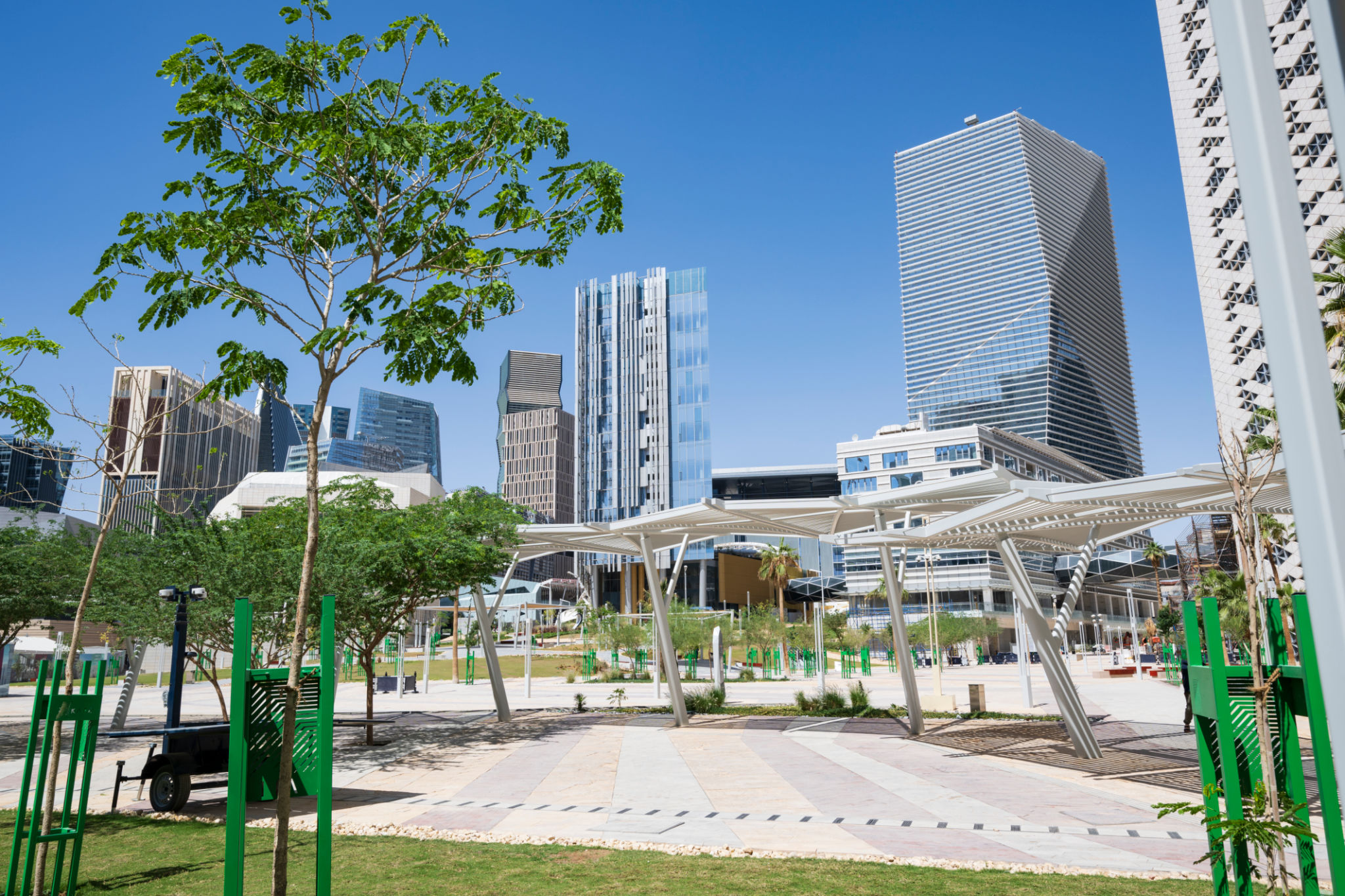Understanding the Competitive Landscape of Capacity Building in the Middle East
Introduction to Capacity Building
Capacity building has become an essential focus in the Middle East as nations strive to enhance their institutional frameworks, human resources, and overall economic potential. Understanding the competitive landscape of capacity building in this region requires a deep dive into the various factors influencing growth and development.
The Middle East's strategic location, abundant natural resources, and young population offer an unparalleled opportunity for capacity building. As governments and organizations push for development, the region is experiencing a surge in initiatives aimed at fostering human resource development and institutional strengthening.

Key Players in the Capacity Building Arena
In the Middle East, several key players drive capacity-building initiatives. These include governments, non-governmental organizations (NGOs), private enterprises, and international agencies. Each of these entities brings unique strengths and challenges to the table.
Governments in the Middle East play a pivotal role by creating policies and frameworks that support capacity building. They collaborate with international organizations to implement projects that address specific needs. NGOs contribute by focusing on grassroots initiatives, tackling issues like education, health, and social services.

The Role of Private Sector and International Agencies
The private sector is increasingly involved in capacity-building efforts through corporate social responsibility (CSR) and strategic partnerships. Companies are investing in training programs that equip the workforce with essential skills for modern industries. International agencies and donor organizations also provide critical support through funding and expertise.
By leveraging these diverse contributions, the Middle East can address gaps in capacity building, ensuring that initiatives are comprehensive and sustainable. The synergy between different players is essential for achieving long-term success in capacity-building endeavors.
Challenges in Capacity Building
Despite significant efforts, several challenges hinder capacity building in the Middle East. Political instability, economic fluctuations, and cultural factors can impede progress. Additionally, the rapidly changing global landscape requires continuous adaptation and innovation.

Addressing these challenges requires a strategic approach that includes fostering a culture of continuous learning and innovation. Governments and organizations must prioritize resilience and flexibility to navigate the evolving competitive landscape effectively.
Opportunities for Growth
The Middle East's commitment to diversification presents abundant opportunities for growth in capacity building. Sectors such as technology, renewable energy, and tourism are ripe for development, offering new avenues for skill enhancement and economic expansion.
Investing in education and vocational training is crucial for equipping the workforce with the skills needed in these emerging industries. By aligning capacity-building efforts with economic diversification strategies, the region can capitalize on its potential for growth and prosperity.
The Future of Capacity Building
The future of capacity building in the Middle East is promising, with ongoing efforts focused on sustainable development and innovation. As the region continues to evolve, collaboration between stakeholders will be key to unlocking new opportunities and overcoming challenges.
Emphasizing technology-driven solutions, fostering inclusive growth, and maintaining a forward-thinking approach will ensure that capacity-building initiatives remain relevant and impactful. By understanding and adapting to the competitive landscape, the Middle East can pave the way for a prosperous future.
